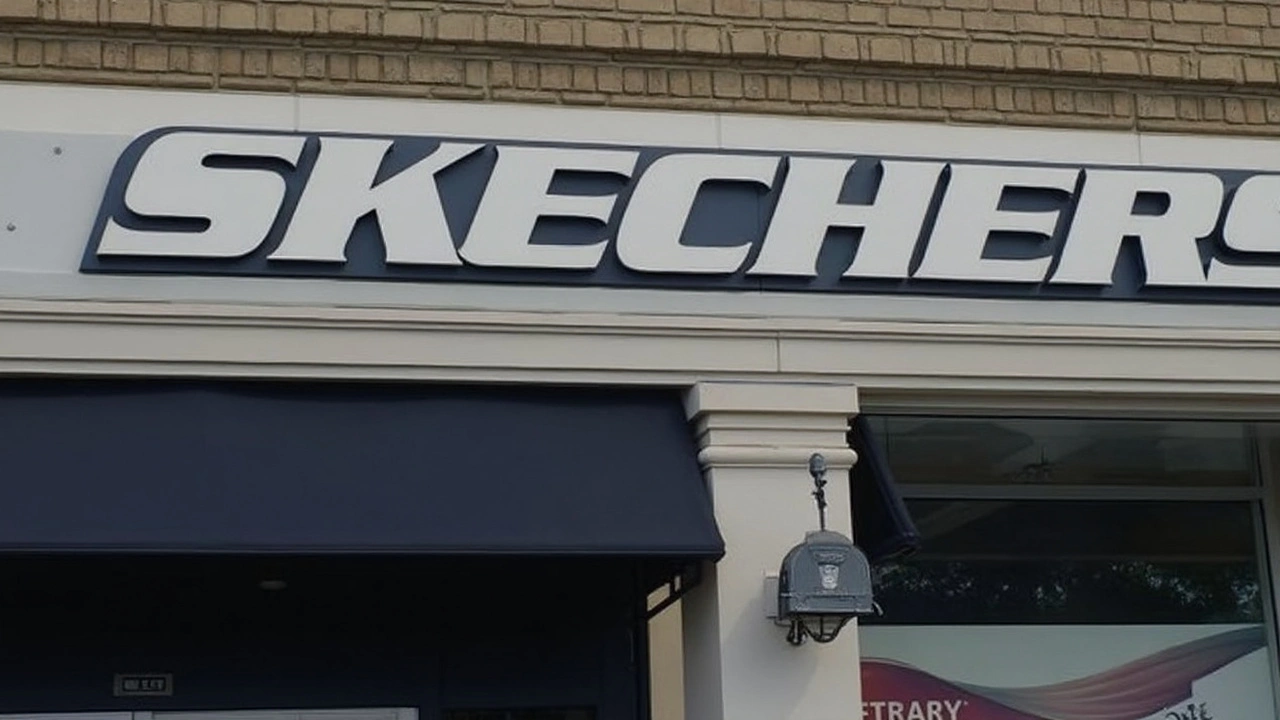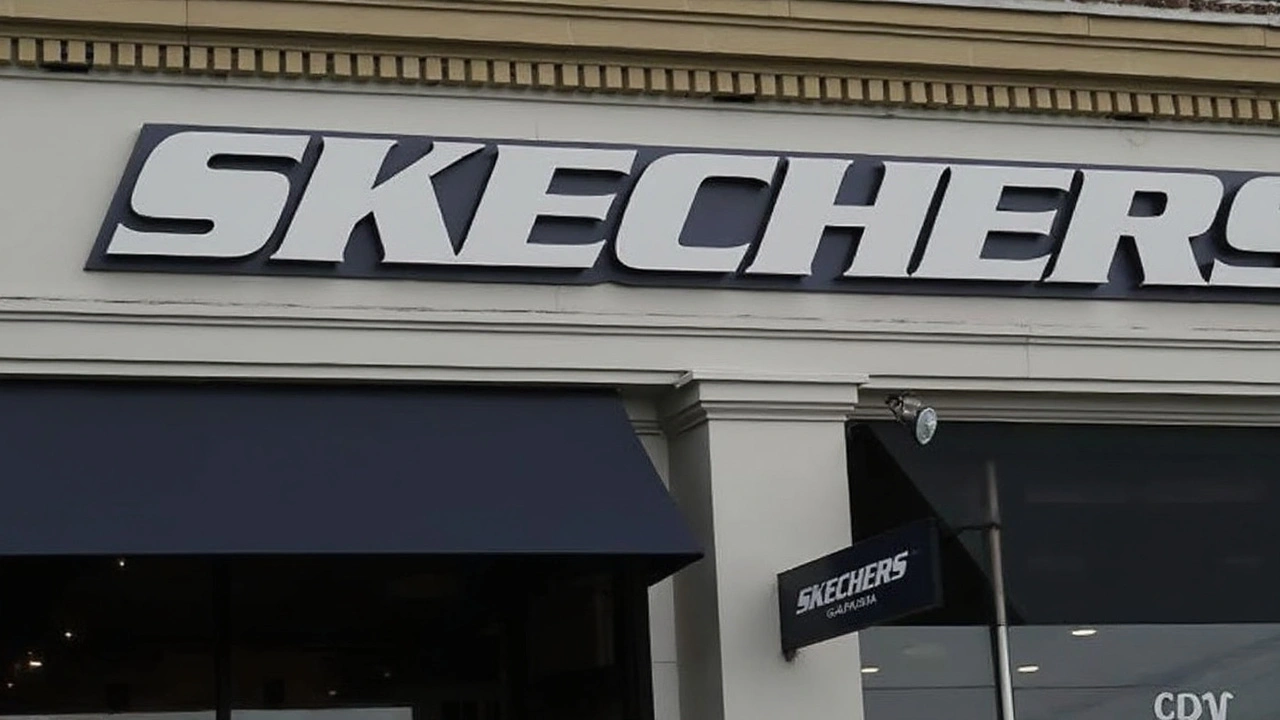3G Capital to Take Skechers Private in $9.4 Billion Buyout, Betting Big on Footwear Amid Trade Headwinds

3G Capital’s Bold Bet on Skechers: What’s Behind the $9.4 Billion Acquisition?
The private equity world dropped a bombshell on May 5, 2025, when 3G Capital announced it’s snapping up Skechers for a hefty $9.4 billion. At $63 per share, 3G isn’t just paying a premium—it’s offering a cool 27.6% above what Skechers was worth before the news leaked. Wall Street definitely noticed, sending Skechers' shares up nearly 25% in a single day. Oddly enough, the stock still hasn’t clawed back all its losses for the year, hovering about 8% down when you look back to January.
So why does 3G want Skechers, and why now? With trade headaches piling up (think tariffs on imports from China and Vietnam that hit nearly 80% of Skechers' supply chain), the sneaker world could seem like a risky bet. But 3G Capital sees things differently. They’re betting that getting Skechers away from the public market’s glare will make it easier to weather the macroeconomic chaos caused by shifting trade policies. They’ve done this before, after all—they’re the same folks who engineered big shakeups at Restaurant Brands International, the parent company of Burger King, Popeyes, and Tim Hortons.
Don’t expect a Hollywood-style management shakeup. CEO Robert Greenberg and President Michael Greenberg aren’t going anywhere, and the brand’s Manhattan Beach headquarters will remain its home turf. That’s a sign 3G wants to keep Skechers’ playbook but build on it with their operational chops. The leadership team is staying put, which should calm nerves among Skechers’ 12,000 employees and global partners.

Skechers’ Numbers: Why 3G Thinks It Can Win Big
3G’s timing is interesting because Skechers just pulled its 2025 guidance, blaming “macroeconomic uncertainty” and those persistent trade obstacles. The U.S.-China tariff battle—carried over from the Trump era—hasn’t let up. About 40% of Skechers’ shoes come from China and another 40% from Vietnam, making the company painfully sensitive to price hikes at the border. Still, the latest data surprised: for the first quarter of 2025, Skechers notched $2.41 billion in sales, clocking in a 7% jump from last year’s already-strong numbers.
It might seem odd to buy a brand facing headwinds, but private equity loves adversity when they think the core business is resilient. By taking Skechers private, 3G is betting it can steer through short-term storms and push harder on international expansion, product innovation, and e-commerce—without sweating the month-to-month stock price. With Wall Street pressure off, Skechers gets the room it needs to rethink strategy on its own terms.
Here’s what the deal actually means for the company and its backers:
- Bigger bets on growth: 3G is expected to pump in operational expertise, streamlining how Skechers sources and sells shoes worldwide.
- No leadership overhaul: The Greenbergs, father and son, keep steady hands on the wheel. Continuity can go a long way during a big buyout.
- Staying local but thinking global: Skechers’ home stays in Manhattan Beach, but the new owners want stronger footprints in fast-growing regions like Asia and Latin America.
CEO Robert Greenberg sounded upbeat, calling the new partnership a chance for “our team to execute their expertise and drive long-term growth.” That optimism is clearly shared by 3G, who, despite the trade puzzles and a bumpy year on the markets, believe Skechers’ brand clout and steady sales are worth the risk. This deal is expected to close by the third quarter of 2025, so sneaker-watchers have plenty of time to see what the future holds for the now-private giant.
Wow, what a roller‑coaster for Skechers! 3G’s move could turbo‑charge the brand’s global steps, giving the design teams room to splash bold colors across the runway of footwear.
Yeah, because paying a 27% premium for shoes is exactly how you make the next pair feel lighter on your wallet.
The valuation of $9.4 billion warrants a meticulous dissection beyond headline numbers.
At $63 per share, the premium surpasses two‑quarters above the pre‑announcement price, signaling confidence or perhaps over‑optimism.
3G Capital’s historical playbook emphasizes operational consolidation, as evidenced by its stewardship of Restaurant Brands International.
By extracting Skechers from public market scrutiny, the private equity firm may anticipate a smoother implementation of cost efficiencies.
The company’s exposure, with approximately 80 % of its supply chain reliant on China and Vietnam, undeniably inflates sensitivity to tariff escalations.
Nonetheless, the first‑quarter sales growth of 7 % to $2.41 billion illustrates resilience within the core consumer demand for footwear.
It is plausible that 3G intends to leverage its global sourcing expertise to diversify the supply base, thereby mitigating geopolitical risk.
Moreover, the retention of the Greenberg leadership could preserve brand continuity while enabling strategic pivots.
Private ownership may also facilitate accelerated investment in e‑commerce platforms without the pressure of quarterly earnings expectations.
The projected expansion into emerging markets such as Latin America aligns with macro‑level demographic trends favoring younger consumers.
However, one must scrutinize the debt structuring accompanying the leveraged buyout, as excessive leverage could constrain future cash flows.
Historically, 3G’s aggressive cost‑cutting has yielded mixed outcomes, sometimes eroding brand equity in pursuit of margin enhancement.
Skechers’ product portfolio, while diversified, remains heavily anchored in performance and casual segments, which may limit premium‑pricing leverage.
The ultimate success of this transaction will hinge upon the firm’s ability to balance operational discipline with brand innovation.
In sum, the acquisition presents a complex array of opportunities and perils that merit close observation over the coming fiscal cycles.
Understanding the cultural nuances of both the U.S. market and the Asian manufacturing hubs is crucial; 3G’s experience with global brands could indeed smooth those cross‑border collaborations.
From a grammatical standpoint, the deal’s language suggests a clear intent: streamline operations, reduce variable costs, and accelerate growth. The aggressive capital infusion will pressure the balance sheet, but the precise execution plan should offset that. Any deviation from this roadmap would be unacceptable.
Honestly this deal feels like a corporate ego trip.
It’s exciting to think about how the private structure could free Skechers to experiment with new designs and digital experiences. With the green light from seasoned owners, the brand might finally sprint ahead in the innovation race.
What if the whole hype is just a distraction from deeper structural issues
Look, you can’t ignore the hidden agenda here – 3G is probably using this acquisition to funnel money into shadow projects that aren’t disclosed to the public. Their past moves have always had an undercurrent of power consolidation, and this is no different. The tariffs are a perfect smokescreen to justify taking control of a supply chain that could serve other, less obvious purposes. It’s all about controlling the flow of goods and information behind the scenes.
yeah sure 3g is pulling the strings but its not some secret lair they’re just buying a shoe co. dont read too much into tariffs thats just business not a conspiracy
In the grand tapestry of commerce, each acquisition is a thread that reshapes the pattern. Skechers stepping into private hands may alter its hue, but the underlying weave of consumer desire remains. Observing how this thread intertwines with global trade will be a lesson in adaptability. Let’s watch with curiosity rather than alarm. The future is, after all, a series of choices stitched together.